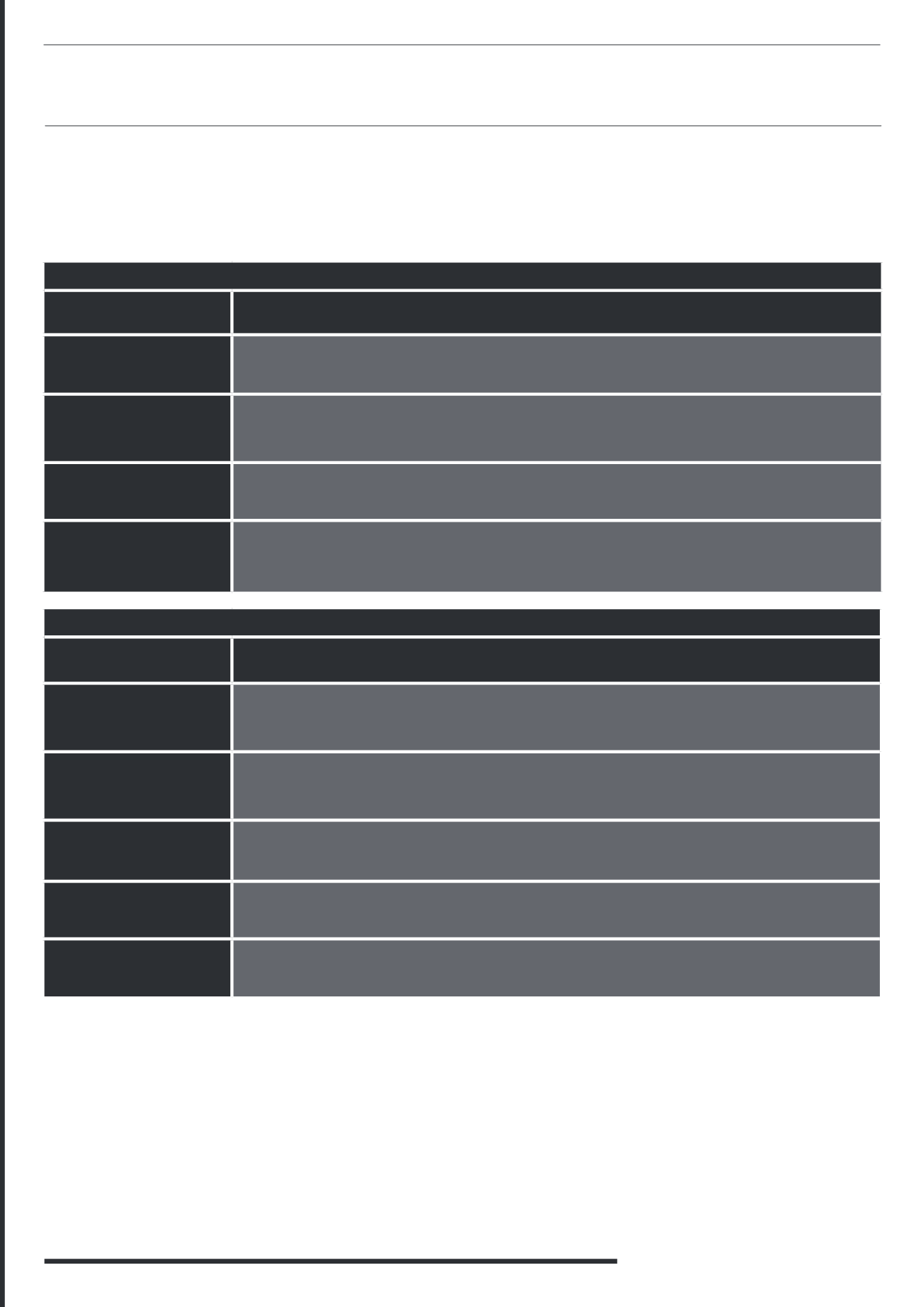
11
INVESTING
IMPORTANT FACTORS AFFECTING THE VALUE OF A STAMP*
Factor
Description
Country of Origin
Some countries issued endless sets of stamps on different themes. Some issues became too frequent and
large, and would therefore never have sufficient demand to be of collectible value.
Condition
This is the hardest factor to assess and will be looked at in more detail later.
Method of Production
Line-engraving, used for the earliest stamps, gave a much finer result than any method used since. Later
methods (used to meet demand) resulted in lower printing quality.
Rarity
Judged by the number of stamps in issue, but more important is the number of stamps available relative
to the number of collectors of that specific stamp. Absolute rarity does not guarantee value, the stamp
must have special significance and catch the eye of collectors and be in demand.
CATEGORISING INVESTMENT GRADE STAMPS**
Factor
Description
Rarity
There is a small number of surviving examples - or they are unique, perhaps because of a mistake made
in the manufacture of the stamp. Stamps issued during war time occupations and stamps with a short-
lived monarch on them can all become rare collectible items
3
.
Condition
They are the best quality examples. Factors that influence the condition of a stamp include the margins
around it (early stamps were cut by postmasters and had no perforations), the gum on the back, the
freshness of the colour – all these qualities need an expert appraisal.
Authenticiy
Authenticity must be proven – a certificate is only as good as the person or body issuing it. Items should
have documented history and provenance.
Liquidity
There needs to be a healthy number of collectors to ensure a secondary market to sell into, demand from
buyers dictates value.
Price
The classic value-investment principle – seek to buy at below fair value. But, buy stamps that can be easily
sold, not ones that are easily bought.
In short, investment grade stamps should combine all the key elements from the above list. If investors can find stamps that fit these criteria,
they can be among the most valuable items in the world by size and weight – although only the smallest percentage of stamps can reward
themselves with this accolade!
“Collectible stamps are collected by people who are interested in philately; they collect for the joy of it.
Investment grade stamps, on the other hand, are stamps identified as having the potential to grow in
value based on rarity and certain other characteristics.”
Keith Heddle, Stanley Gibbons Investments
It is important to be clear from the outset what exactly is meant by rare stamps and coins, and what the differences are between collecting
and investing.
There are many, many different stamps around the world, but only a tiny fraction would be considered investment grade. Purchasing stamps
that have a strong possibility of increasing in value, with the objective of selling at a later date to realise a return, is investment.
* according to Robin Duthy
2
**according to Stanley Gibbons
3


